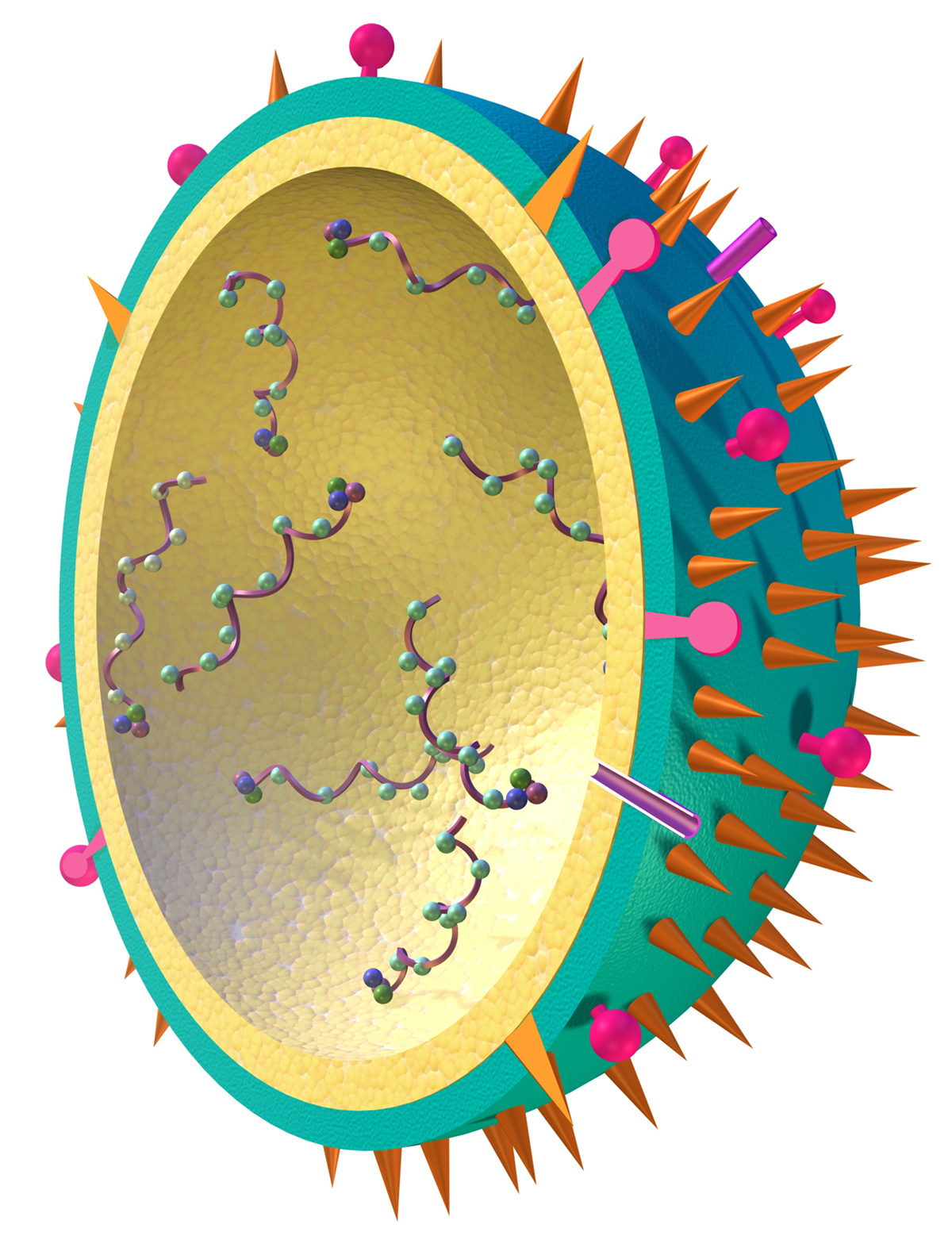
How to distinguish the flu, a cold, a sinus infection or allergies?
Colds
Cause of cold is a virus, and symptoms can include nasal drainage, post-nasal drip, chest discomfort or mild fatigue. Symptoms will show up within 1 to 3 days after exposure to virus, they last 5 to 7 days, and up to 2 weeks. Common complications are secondary sinus or ear infection. Visit to doctor is recommended if you feel ear ache, thick yellow or green mucous, high fever, face pain or if symptoms are not gone after two weeks.
Flu
Cause of flu is a virus, and season of the flu usually follow start of school season. Early symptoms are high fever with chills, body aches and pains, extreme exhaustion, and later include sore throat, fatigue, sneezing, chest discomfort and dry cough. Fever, exhaustion, headache and pain last 2 to 5 days, but cough and fatigue can last up 2 to 3 weeks. Complications are worsening and secondary infections as bronchitis, strep throat, pneumonia or ear infection, which can be treated with antibiotics. If you don’t get better but worse, or you feel symptoms of secondary infections, visit your doctor, especially if you are asthmatic.
Sinusitis
Cause of acute sinusitis is a bacterial infection in sinuses. Symptoms are headache or eye pain, sinus congestion, pain in upper teeth, yellow or green nasal discharge, post-nasal drip, cough, fever and fatigue. If sinus infection lasts more than 3 months, it may be chronic sinusitis. Acute sinusitis is often followed by cold or allergy, which poor drainage can be ideal for bacteria to grow which lead to chronic sinusitis, and allergic fungal sinusitis is caused by fungal infection. Visit to doctor is recommended if your symptoms last more than few days or get worse. It often requires antibiotic therapy or surgery.
Allergic Rhinitis
Symptoms of allergic rhinitis develop soon after exposure to allergen and last as long as you are exposed, they are recurrent and if allergies are perennial, they are year-round. Complications are chronic sinusitis, throat and ear infection. Usual symptoms are sinus congestion, itchy nose, throat and eyes, sneezing and running nose, post-nasal drip and wheezing, which in the case of asthma requires caution. If fever is present along with the aforementioned symptoms, it might be sign of secondary infection. There are various different types of treatment options and the most common ones include avoidance of allergens, medications and allergy injections.








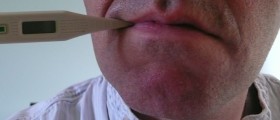

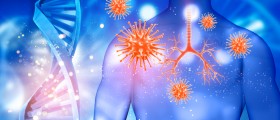



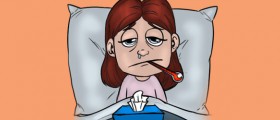
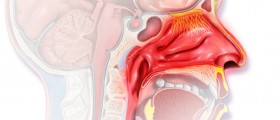

Your thoughts on this
Loading...